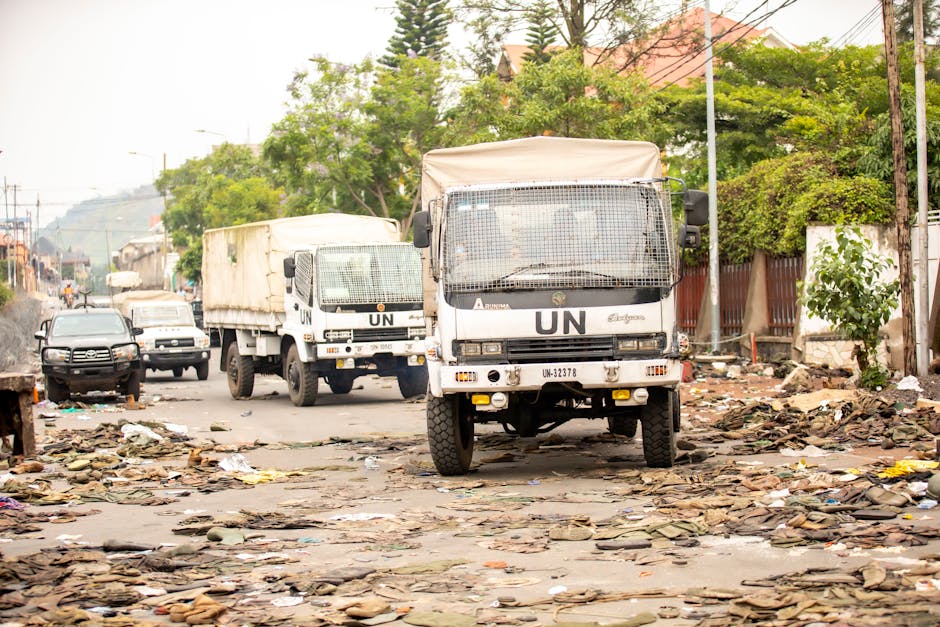A fragile, cautious optimism is wafting through the corridors of power from Cairo to Washington. After months of devastating conflict, representatives from Israel and Hamas are once again converging for mediated talks, a development that brings a glimmer of hope for an end to the bloodshed in Gaza. Yet, as negotiators sit down, the road to a sustainable ceasefire is littered with political landmines, deep-rooted mistrust, and fundamentally opposing objectives that have scuttled previous efforts.
The Core Conflict: Permanent Ceasefire vs. ‘Total Victory’
The most significant and perhaps insurmountable hurdle is the chasm between what each side defines as an acceptable endgame. For Hamas, the primary demand is a permanent, comprehensive ceasefire and a full withdrawal of Israeli forces from the Gaza Strip. From their perspective, a temporary pause for a hostage exchange is merely a strategic reset for Israel to resume its military campaign. Releasing hostages without a guarantee of the war’s end is seen as surrendering their only significant bargaining chip.
Conversely, for Israeli Prime Minister Benjamin Netanyahu’s government, this demand is a non-starter. Israel’s stated war aim is the complete dismantlement of Hamas’s military and governing capabilities. Agreeing to a permanent ceasefire would be seen domestically as a failure to achieve this core objective, effectively leaving Hamas in power. Netanyahu is walking a political tightrope, caught between international pressure to bring hostages home and far-right coalition partners who have threatened to collapse the government if the war ends without “total victory.”
The Devil in the Details: Navigating the Hostage-Prisoner Exchange
Beyond the fundamental contradiction of the war’s conclusion lies the tangled web of the hostage-prisoner exchange itself. The negotiations will hinge on excruciatingly sensitive questions: How many Palestinian prisoners will be released for each Israeli hostage? Which high-profile prisoners will be on the list?
Hamas is expected to demand the release of militants serving life sentences for deadly attacks, a concession that is politically toxic in Israel and has been a major sticking point in past talks. For many Israelis, releasing individuals they view as terrorists with “blood on their hands” is a painful price that they fear will only incentivise future hostage-taking.
The ‘Day After’: Who Will Govern a Post-War Gaza?
A lasting peace requires a viable plan for who governs the strip post-conflict, and at present, there is no consensus. Israel has rejected the return of the Palestinian Authority in its current form, while Hamas has no intention of ceding control. The international community, including key Arab states, has floated ideas of a technocratic interim government, but without buy-in from the primary warring parties, this remains a distant solution. Any ceasefire deal that fails to address the “day after” is simply a pause, not a resolution.
As the world watches, the talks represent the most serious diplomatic push in months. The involvement of key mediators like Egypt, Qatar, and the United States provides a framework for dialogue, but frameworks cannot magically bridge fundamental divides. For peace to have a chance, both sides will need to make concessions that currently seem politically impossible.




